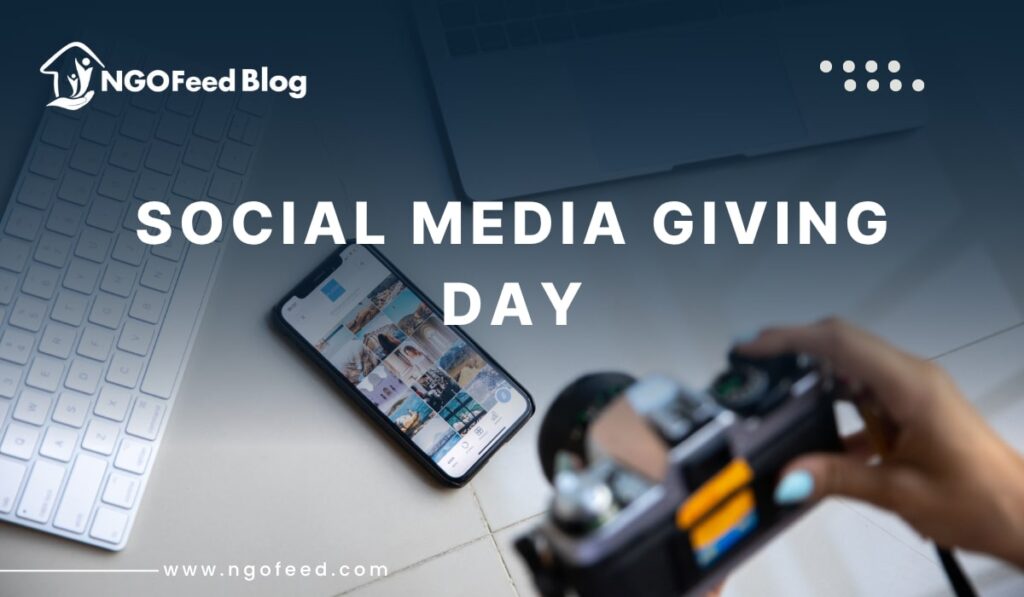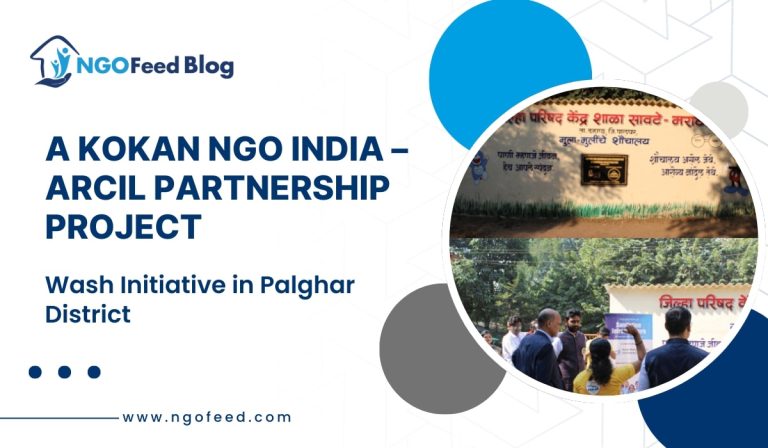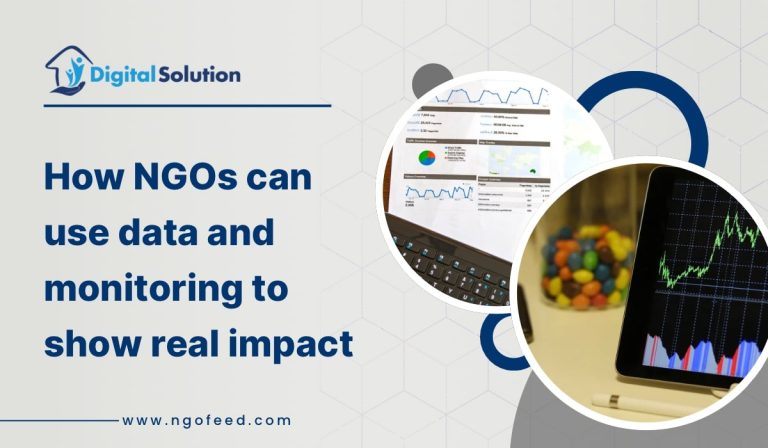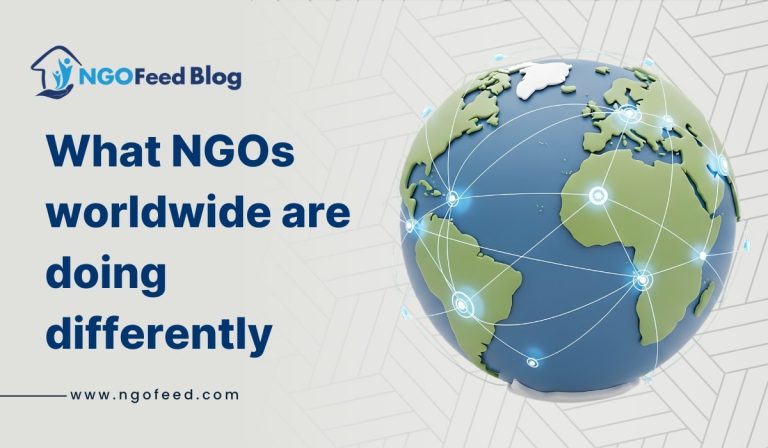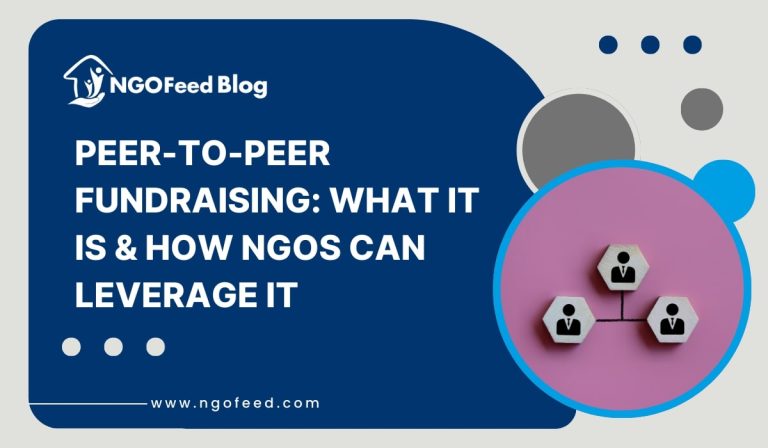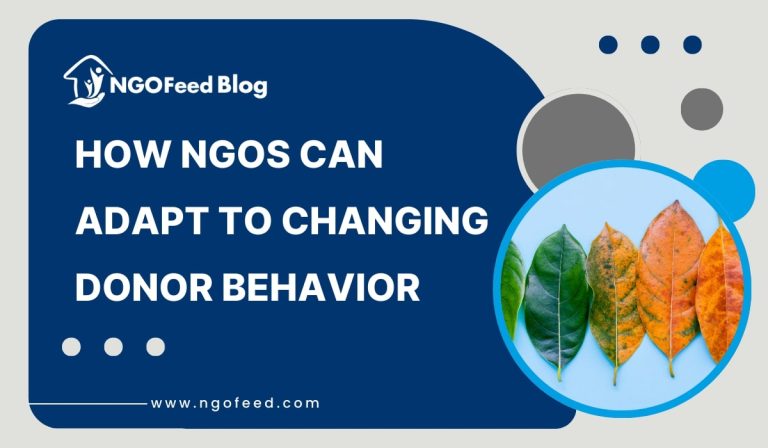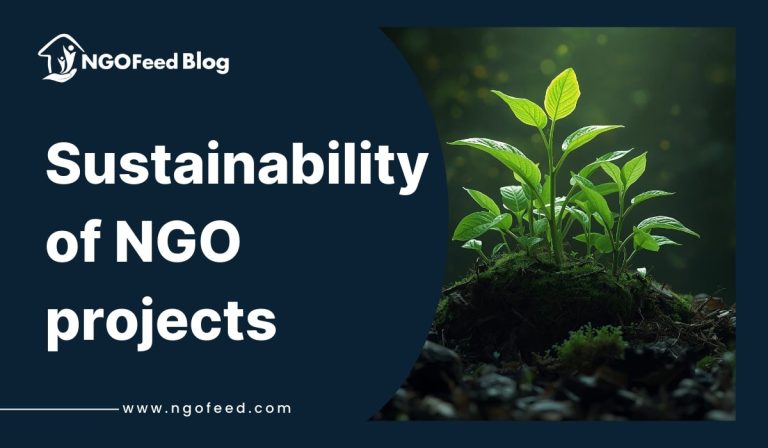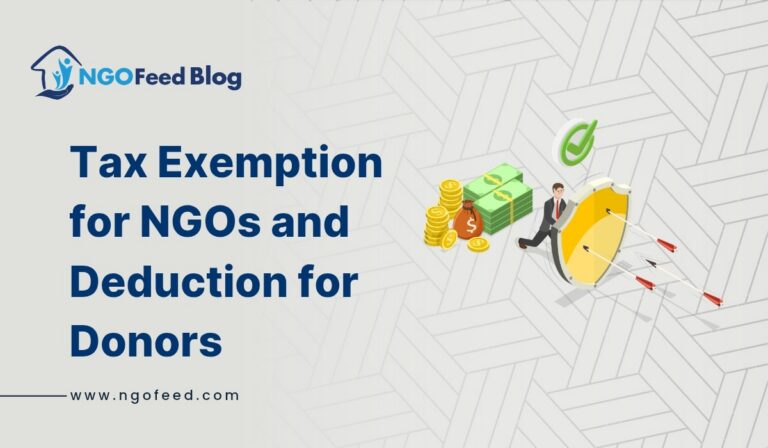In this era of digital connection, social media has redefined how individuals in society converse, interact, and contribute to society. Social Media Giving Day, held on July 15 of every year, is a day to celebrate the significant influence social platforms have on charity and giving. The day was launched originally back in 2013, and it highlights how social media sites such as Facebook, Instagram, Twitter (X), and LinkedIn have become invaluable forms of communication for nonprofits and individuals to create awareness, mobilise communities, and raise funds in real-time.
By clicking on a single link, individuals are now able to sponsor the causes that are of interest to them, spread fundraising campaigns to their contacts and encourage others to donate. Crowdfunding, peer-to-peer, and other forms of giving have been democratized through social media; it is more immediate, transparent, and accessible. This is particularly important to NGOs, which resort in most of the incidents to cost-effective and powerful ways of reaching donors, sharing stories and establishing long-lasting relationships.
Social Media Giving Day is an opportunity that NGOs in India should embrace by not only celebrating but also utilising the occasion. It provides a medium to share success stories, gratitude, give campaigns, inform about the current work, and teach audiences. A small NGO can reach new heights and find new supporters and the needed finances to continue its activity when using the right strategy.
On this momentous occasion, we must remember that by going online and embracing digital generosity, the face of charity has changed substantially today, and even non-governmental organisations can use the strength of social media in assisting a good cause. It is through adapting to this new environment that we will be able to establish a culture of compassion that will result in a more coupled, generous world.
Table of Contents
Understanding Social Media Giving Day: History and Significance
The first Social Media Giving Day was on July 15, 2013, as a means to acknowledge the growing contribution that social media sites have in terms of inspiring charitable donations. Inaugurated by the digital fundraising platform Givver, the day aims to motivate people to use their online presence to do some good by donating to nonprofits and sharing about causes they care about.
Social Media Giving Day has developed over the years into an international call to remember how social media can be an effective tool to support communities, create awareness, and act collectively in the global village. In contrast to the classic approaches to fundraising, the possibilities of social media mean that a campaign can become viral, spread to wider groups of people, and contribute to more instant and participatory giving. Donating buttons, live fundraising, and hashtag campaigns have made people more capable of effecting a change in the palms of their hands than ever before.
What makes this day important to society is that it turns giving into a democratic process. It fills the gap between nonprofits and donors and lets even tiny organisations access thousands without spending heavily on marketing. It is also instrumental in promoting transparency, storytelling, and sharing the impact in real-time, which makes donors feel closer to the cause that they contribute to.
To NGOs, the Social Media Giving Day presents an opportune moment to invest in their online identity, establish an online community and adopt innovativeness in raising funds. It is not only about collecting funds, but it is about creating movements, posts, likes, and shares by sharing.
The Digital Shift: How Social Media is Transforming Charitable Giving
The advent of social media has influenced an unprecedented change in the way in which people are finding out, participating in, and even uniting charitable causes. The process that involved ink on paper, walking to some place, or launching of direct mails may now take place in a moment as a tweet, post, or reel. Social media has transformed each smartphone owner into a potential donor, advocate or fundraiser-establishing a culture of easy, immediate and emotional donations.
Facebook, Instagram, Twitter (X), Linkedin and YouTube are some of the platforms that have enabled nonprofits to connect with the donors through compelling story, live impact tracking and geographical separation. The fundraising playbook has been redefined by means of hashtag campaigns, viral challenges, and donation stickers. Social media have come to play a direct role through the use of platform-based sites like GoFundMe and Facebook Fundraisers where supporters raise money via peer-to-peer campaigns and can raise thousands of dollars in hours.
Personalization and shareability are one of the strongest elements of this digital change. There is no mere donation of the supporters; supporters identify to their friends as to why they donated. This type of social testimony is what drives credibility and becomes viral by itself. In the case of NGOs, it will imply reduced reliance on the conventional advertisement and increased emphasis on genuine storytelling, community engagement as well as ties with influencers.
Transparency and immediacy also happen through social media. Donators have an ability to monitor the usage of their contribution, real time updates, and have direct communication with the organization. This feed back creates better relationships and long term support.
With the digital activity becoming more involved, NGOs that have accepted social media as a strategy have not just adapted to the current world but flourished in it. The future in charitable giving is on-line, and the most vibrant promoter is the social media.
The Role of NGOs: Leveraging Social Platforms for Impact and Outreach
Social media has become a vital tool for NGOs looking to increase their reach, strengthen their donor communities, and increase their impact in today’s hyperconnected world. Platforms like Facebook, Instagram, LinkedIn, Twitter (X), and YouTube provide nonprofits with real-time, interactive, and affordable ways to interact with supporters, share their mission, and inspire action, in contrast to more conventional forms of outreach.
In addition to raising money, NGOs use social media to highlight beneficiaries, share moving human stories, and show accountability and transparency. An emotional video, a well-written post, or a popular hashtag can all go viral, greatly boosting the organisation’s reputation and credibility. These platforms gain even more value during occasions like Social Media Giving Day, which offers a targeted chance to connect with new audiences and encourage giving.
Social media also makes it possible for NGOs to interact with their communities directly. Nonprofits can encourage meaningful conversation and participation through live sessions, polls, comment threads, and shares. Stronger bonds are forged with volunteers, donors, and supporters as a result of this reciprocal communication, which increases their sense of connection to the cause.
Social media levels the playing field by facilitating outreach without significant advertising budgets, which is especially advantageous for smaller NGOs. Even with limited resources, significant results can be achieved through influencer partnerships, targeted campaigns, storytelling, and the strategic use of visuals.
NGOs can improve their ability to raise money, make a lasting impact, increase awareness, and unite communities around important causes by utilising digital platforms to their fullest potential. Social media is more than just a tool in the digital age; it is a force for transformation.
Tips for Effective Social Media Fundraising Campaigns
It takes more than just sharing donation links to run a successful social media fundraising campaign; it also calls for community involvement, storytelling, and strategy. Here are some essential pointers for NGOs looking to develop campaigns that have an impact and produce results:
1. Tell an Engaging Tale: People donate to causes that have an emotional impact on them. Tell true tales of the people or communities your NGO has aided. Make your mission relatable and human by using quotes, brief videos, and striking images.
2. Establish a Call to Action and a Clear Goal: Whether your goal is to build a classroom, feed 100 kids, or provide medical aid, be clear about what you are trying to raise money for. Make use of compelling, unambiguous calls to action, such as “Sponsor a Child Today,” “Share to Support,” or “Donate Now.”
3. Make use of visual branding and hashtags: To increase visibility, make your campaign’s hashtag unique and use well-known hashtags like #SocialMediaGivingDay and #GiveBack. To improve recognition and professionalism, keep your visual identity consistent throughout all of your posts.
4. Involve Your Community: By liking, commenting, sharing, or even launching peer-to-peer fundraising campaigns, you can entice followers to get involved. To keep the momentum going and foster trust, reply to criticism, publicly thank donors, and acknowledge accomplishments.
5. Work together with partners and influencers: You can increase your reach by collaborating with regional donors, influencers, or other NGOs. Their support can give your cause legitimacy and draw in new backers.
6. Make Use of Platform Features: To make giving more engaging and accessible, use tools like Twitter polls or threads, YouTube “Donate” buttons, Facebook fundraisers, and Instagram donation stickers.
NGOs can maximize Social Media Giving Day and transform online attention into tangible impact by fusing strategy and authenticity.

